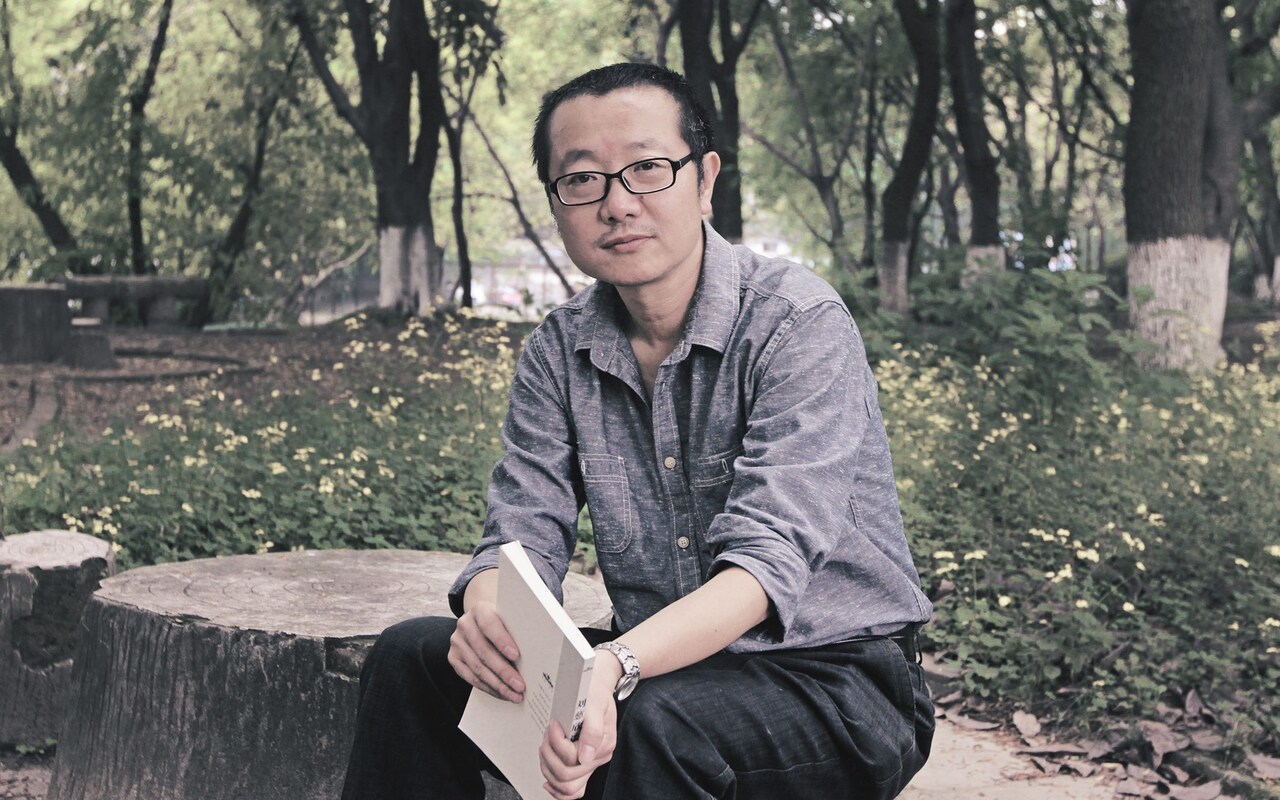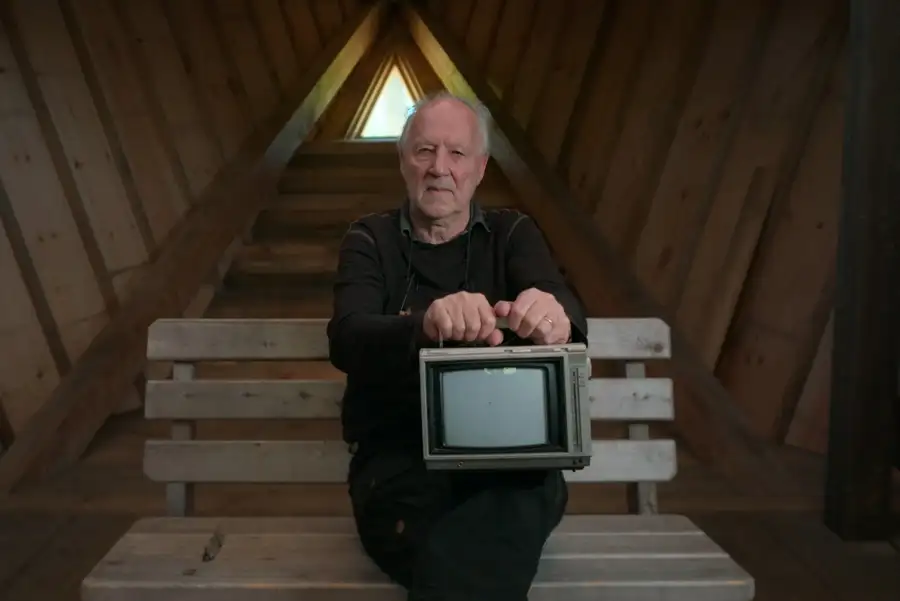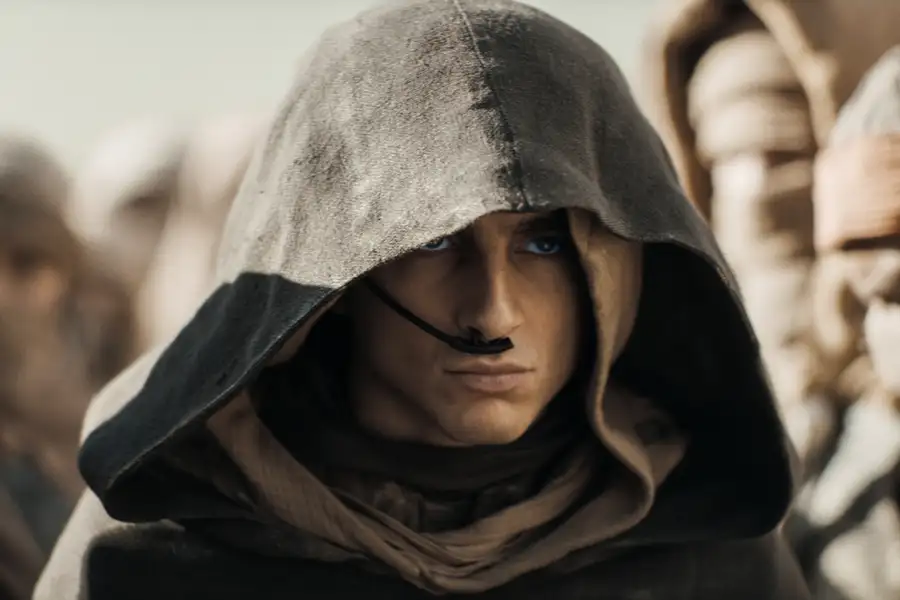
The release of Alien: Romulus inspired this article for the Telegraph
On August 16, Fede Alvarez returns the notorious Alien franchise to its monster-movie roots, and feeds yet another batch of hapless young space colonists to a nest of “xenomorphs”.
Will Alien: Romulus do more than lovingly pay tribute to Ridley Scott’s original 1979 Alien? Does it matter? Alien is a franchise that survives despite the additions to its canon, rather than because of them. Bad outings have not bankrupted its grim message, and the most visionary reimaginings have not altered it.
The original Alien is itself a scowling retread of 1974’s Dark Star, John Carpenter’s nihilist-hippy debut, about the crew of an interstellar wrecking crew cast unimaginably far from home, bored to death and intermittently terrorised by a mischievous alien beach ball. Dan O’Bannon co-wrote both Dark Star and Alien, and inside every prehensile-jawed xenomorph there’s a O’Bannonesque balloon critter snickering away.
O’Bannon’s cosmic joke goes something like this: we escaped the food-chain on Earth, only to find ourselves at the bottom of an even bigger, more terrible food chain Out There among the stars.
You don’t need an adventure in outer space to see the lesson. John Carpenter went on to make The Thing (1982), in which the intelligent and resourceful crew of an Antarctic base are reduced to chum by one alien’s peckishness.
You don’t even need an alien. Jaws dropped the good folk of Amity Island NY back into the food chain, and that pre-dated Alien by four years.
Alien, according to O’Bannon’s famous pitch-line, was “like Jaws in space”, but by moving the action into space, it added a whole new level of existential dread. Alien shows us that if nature is red in tooth and claw here on Earth, then chances are it will likely be so up there. The heavens cannot possibly be heavenly: now here was an idea calculated to strike fear in fans of 1982’s ET the Extra-Terrestrial.
In ET, intelligence counts – the visiting space traveller is benign because it is a space traveller. Any species smart enough to travel among the stars is also smart enough not to go around gobbling up the neighours. Indeed, the whole point of space travel turns out to be botany and gardening.
Ridley Scott’s later Alien outings Prometheus (2012) and Covenant (2017) are, in their turn, muddled counter-arguments to ET; in them, cosmic gardeners called Engineers gleefully spread an invasive species (a black xenomorph-inducing dust) across the cosmos.
“But, for the love of God – why?” ask ET fans, their big trusting-kitten eyes tearing up at all this interstellar mayhem. And they have a point. Violence makes evolutionary sense when you have to compete over limited resources. The moment you journey among the stars, though, the resources available to you are to all intents and purposes infinite. In space, assuming you can navigate comfortably through it, there is absolutely no point in being hostile.
If the prospect of interstellar life has provided the perfect conditions for numerous Hollywood blockbusters, then the real-life hunt for aliens has had more mixed results. When Paris’s Exposition Universelle opened in 1900, it was full of wonders: the world’s largest telescope, a 45-metre-diameter “Cosmorama” (a sort of restaurant-cum-planetarium), and the announcement of a prize, offered by the ageing socialite Clara Gouget: 100,000 francs (£500,000 in today’s money) offered to the first person to contact an extraterrestrial species.
Extraterrestrials were not a strange idea by 1900. The habitability of other worlds had been discussed seriously for centuries, and proposals on how to communicate with other planets were mounting up: these projects involved everything from mirrors to trenches, lines of trees and earthworks visible from space.
What really should arrest our attention is the exclusion clause written into the prize’s small print. Communicating with Mars wouldn’t win you anything, since communications with Mars were already being established. Radio pioneers Nikolai Tesla and Guglielmo Marconi both reckoned they had received signals from outer space. Meanwhile Percival Lowell, a brilliant astronomer working at the very limits of optical science, had found gigantic irrigation works on the red planet’s surface: in his 1894 book he published clear visual evidence of Martian civilisation.
Half a century later, our ideas about aliens had changed. Further study of Mars and Venus had shown them to be lifeless, or as good as. Meanwhile the cosmos had turned out to be exponentially larger than anyone had thought in 1900. Larger – but still utterly silent.
***
In the summer of 1950, during a lunchtime conversation with fellow physicists Edward Teller, Herbert York and Emil Konopinski at Los Alamos National Laboratory in New Mexico, the Italian-American physicist Enrico Fermi finally gave voice to the problem: “Where is everybody?”
The galaxy is old enough that any intelligent species could already have visited every star system a thousand times over, armed with nothing more than twentieth-century rocket technology. Time enough has passed for galactic empires to rise and fall. And yet, when we look up, we find absolutely no evidence for them.
We started to hunt for alien civilisations using radio telescopes in 1960. Our perfectly reasonable attitude was: If we are here, why shouldn’t they be there? The possibilities for life in the cosmos bloomed all around us. We found that almost all stars have planets, and most of them have rocky planets orbiting the habitable zone around their stars. Water is everywhere: evidence exists for four alien oceans in our own solar system alone, on Saturn’s moon Enceladus and on Jupiter’s moons Europa, Ganymede and Callisto. On Earth, microbes have been found that can withstand the rigours of outer space. Large meteor strikes have no doubt propelled them into space from time to time. Even now, some of the hardier varieties may be flourishing in odd corners of Mars.
All of which makes the cosmic silence sill more troubling.
Maybe ET just isn’t interested in us. You can see why. Space travel has proved a lot more difficult to achieve than we expected, and unimaginably more expensive. Visiting even very near neighbours is next-to-impossible. Space is big, and it’s hard to see how travel-times, even to our nearest planets, wouldn’t destroy a living crew.
Travel between star systems is a whole other order of impossible. Even allowing for the series’ unpardonably dodgy physics, it remains an inconvenient truth that every time Star Trek’s USS Enterprise hops between star systems, the energy has to come from somewhere — is the Federation of United Planets dismantling, refining and extinguishing whole moons?
Life, even intelligent life, may be common throughout the universe – but then, each instance of it must live and die in isolation. The distances between stars are so great that even radio communication is impractical. Civilisations are, by definition, high-energy phenomena, and all high-energy phenomena burn out quickly. By the time we receive a possible signal from an extraterrestrial civilisation, that civilisation will most likely have already died or forgotten itself or changed out of all recognition.
It gets worse. The universe creates different kinds of suns as it ages. Suns like our own are an old model, and they’re already blinking out. Life like ours has already had its heyday in the cosmos, and one very likely answer to our question “Where is everybody?” is: “You came too late to the party”.
Others have posited even more disturbing theories for the silence. Cixin Liu is a Chinese science fiction novelist whose Hugo Award-winning The Three Body Problem (2008) recently teleported to Netflix. According to Liu’s notion of the cosmos as a ”dark forest”, spacefaring species are by definition so technologically advanced, no mere planet could mount a defence against them. Better, then, to keep silent: there may be wolves out there, and the longer our neighbouring star systems stay silent, the more likely it is that the wolves are near.
Russian rocket pioneer Konstantin Tsiolkovsky, who was puzzling over our silent skies a couple of decades before Enrico Fermi, was more optimistic. Spacefaring civilisations are all around us, he said, and (pre-figuring ET) they are gardening the cosmos. They understand what we have already discovered — that when technologically misatched civilisations collide, the consequences for the weaker civilisation can be catastrophic. So they will no more communicate with us, in our nascent, fragile, planet-bound state, than Spielberg’s extraterrestrial would over-water a plant.
In this, Tsiolkovsky’s aliens show unlikely self-restraint. The trouble with intelligent beings is that they can’t leave things well enough alone. That is how we know they are intelligent. Interfering with stuff is the point.
Writing in the 1960s and 1970s, the Soviet science fiction novelists and brothers Arkady and Boris Strugatsky argued — in novels like 1964’s Hard to Be a God — that the sole point of life for a spacefaring species would be to see to the universe’s well-being by nurturing sentience, consciousness, and even happiness. To which Puppen, one of their most engaging alien protagonists, grumbles: Yes, but what sort of consciousness? What sort of happiness? In their 1985 novel The Waves Extinguish the Wind, alien-chaser Toivo Glumov complains, “Nobody believes that the Wanderers intend to do us harm. That is indeed extremely unlikely. It’s something else that scares us! We’re afraid that they will come and do good, as they understand it!”
Fear, above all enemies, the ones who think they’re doing you a favour.
In the Strugatskys’ wonderfully paranoid Noon Universe stories, the aliens already walk among us, tweeking our history, nudging us towards their idea of the good life.
Maybe this is happening for real. How would you know, either way? The way I see it, alien investigators are even now quietly mowing their lawns in, say, Slough. They live like humans, laugh and love like humans; they even die like humans. In their spare time they write exquisite short stories about the vagaries of the human condition, and it hasn’t once occured to them (thanks to their memory blocks) that they’re actually delivering vital strategic intelligence to a mothership hiding behind the moon.
You can pooh-pooh my little fantasy all you want; I defy you to disprove it. That’s the problem, you see. Aliens can’t be discussed scientifically. They’re not a merely physical phenomena, whose abstract existence can be proved or disproved through experiment and observation. They know what’s going on around them, and they can respond accordingly. They’re by definition clever, elusive, and above all unpredicatble. The whole point of a having a mind, after all, is that you can be constantly changing it.
The Polish writer Stanislaw Lem had a spectacularly bleak solution to Fermi’s question that’s best articulated in his last novel, 1986’s Fiasco. By the time a civilisation is in a position to commmunicate with others, he argues, it’s already become hopelessly eccentric and self-involved. At best its individuals will be living in simulations; at worst, they will be fighting pyrhhic, planet-busting wars against their own shadows. In Fiasco, the crew of the Eurydice discover, too late, that they’re quite as fatally self-obsessed as the aliens they encounter.
We see the world through our own particular and peculiar evolutionary perspective. That’s the bottom line. We’re from Earth, and this gives us a very clear, very narrow idea of what life is and what intelligence looks like.
We out-competed our evolutionary cousins long ago, and for the whole of our recorded history, we’ve been the only species we know that sports anything like our kind of intelligence. We’ve only had ourselves to think about, and our long, lonely self-obsession may have sent us slightly mad. We’re not equipped to meet aliens – only mirrors of ourselves. Only angels. Only monsters.
And the xenomorphs lurking abord the Romulus are, worst luck, most likely in the same bind.










